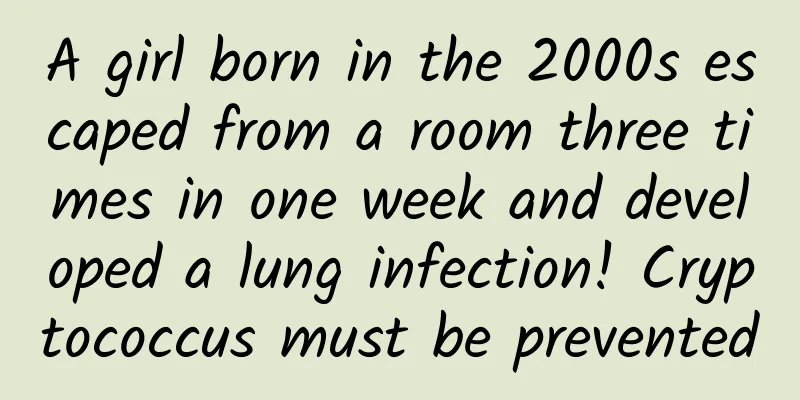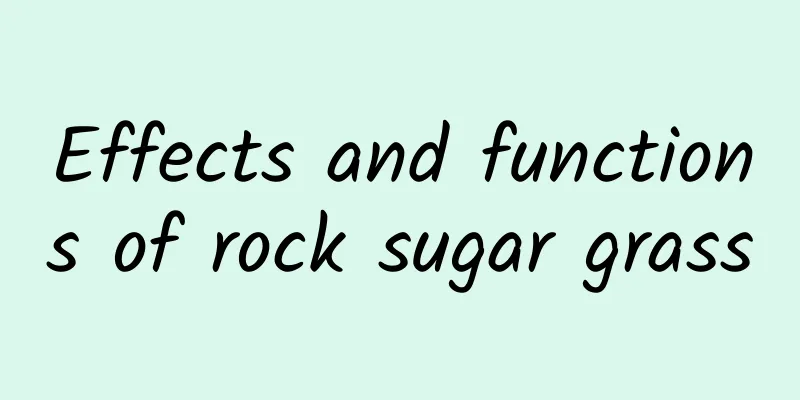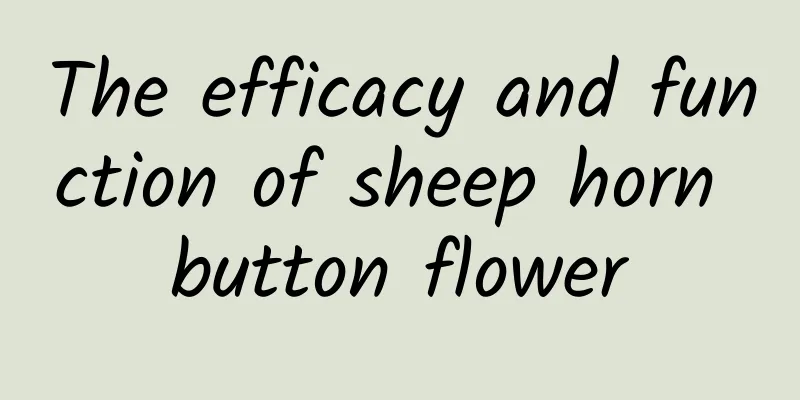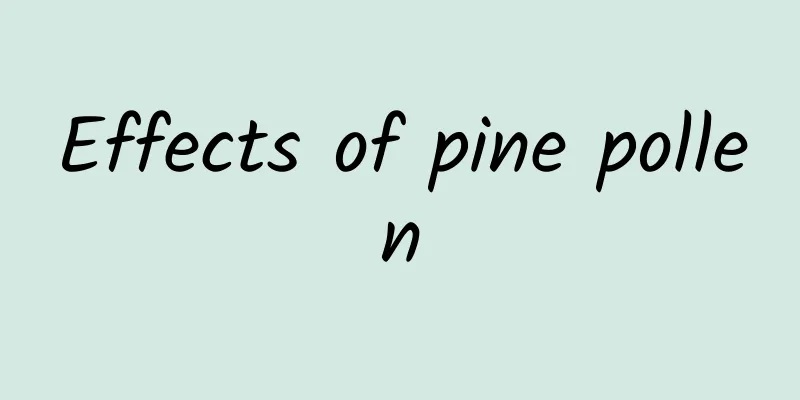Is it because the seaweed that doesn’t want to be used as nori is not good seaweed, that it is expensive?

|
One night, Tadpole accidentally saw a video of a food blogger making seaweed with laver. What? Is nori made from laver? Laver and nori look different, and the price difference is huge! After several inquiries, Tadpole finally figured out the relationship between nori and seaweed. 01 Nori is not a vegetable Porphyra is not a single species, but a general term for hundreds of species of the Rhodophyta family. It is a protist. There are more than 10,000 species of algae in the world, of which more than 4,100 are red algae. In daily life, the most common red algae we eat is laver. Red algae, source Wikipedia There are more than 100 kinds of laver in the world, and there are about 20 kinds along the coast of my country. Laver mainly lives in the intertidal zone near the coast. On the long coastline of my country, with the Yangtze River estuary as the boundary, laver is mainly divided into two types: Laver yezoensis produced in Jiangsu, Shandong and Liaoning in the north and Laver taro in Zhejiang and Fujian in the south. Image source: Wikipedia In addition, the colors of living seaweed vary, generally varying in shades of purple or brown-green. This is because living algae cells contain varying amounts of chlorophyll (green), lutein (yellow), carotene (red to yellow), and phycoerythrin (red). However, the processing, storage and transportation steps often destroy the red and yellow substances, and the green chlorophyll is the most residual. Therefore, the seaweed is no longer purple, but becomes the dark green we are familiar with. 02 How is seaweed made? What is the relationship between nori and seaweed? To be precise, nori is a food made from laver. It is more like a form of food, just like turning plums into preserved plums. The common square thin nori sheets are generally made from laver produced in the north. The conventional processing technology at present only needs to add oil, salt and other ingredients liquid to the laver and then bake and season it, and it becomes "seasoned roasted laver" - seaweed. When the laver is roasted, it has a melt-in-the-mouth and crispy texture. Common seaweed sheets, source Wikipedia Interestingly, in Japan, the definitions of laver and nori are opposite. Nori includes laver, which includes laver from the red algae, as well as Enteromorpha and Ulva from the green algae, and even a variety of organisms from the cyanobacteria. 03 Seaweed is good but don’t eat too much Seaweed has high nutritional value. It contains dietary fiber and chlorophyll, which help lower blood cholesterol. It also contains more unsaturated fatty acids, which help improve human metabolism. The taurine and other substances it contains are also good for lowering blood lipids and promoting nerve development. Nori made from seaweed is also rich in nutritional value. It also concentrates the various B vitamins in seaweed. Coupled with its delicious taste, it has won the hearts of a large number of foodies. So overall, seaweed and nori are healthy foods that are low in fat, low in calories, and high in fiber. However, it should be noted that seaweed has two health risks. The first is the common problem of seafood - high iodine. Second, because seaweed is seasoned during processing, the salt content is relatively high. The sodium content of seaweed sold on the market generally ranges from 2 to 4.5 grams per small bag, while the Chinese Dietary Guidelines recommend that adults should not consume more than 6 grams of sodium per day. Long-term excessive salt intake may cause symptoms such as high blood pressure. In addition, each gram of seaweed contains about 25 micrograms of iodine. The maximum daily intake of iodine is 800 micrograms for children and 1000 micrograms for adults. In areas where iodine is not deficient, frequent and excessive consumption of seaweed will lead to excessive iodine intake. Excessive iodine intake can cause hypothyroidism. Therefore, patients with hypertension and edema need to limit the amount of seasoned seaweed they eat. Nowadays, people pay more and more attention to health. Many businesses have chosen some commonly used additives to replace auxiliary materials that may cause health risks, and have developed and launched some zero-additive seaweed. The ingredients also only have a few main components: Porphyra yezoensis, dietary fiber, oligosaccharides and sesame. Friends who like to eat seaweed may want to try more of this type of products. ►►► Review expert: Wang Guizhen, national nutritionist. END Tadpole Musical Notation original article, please indicate the source when reprinting Editor/Yikrdu |
<<: AI can come up with 40,000 potential new chemical weapons in 6 hours?
>>: 90% of skin problems are caused by something, come and see if you are one of them?
Recommend
The efficacy and function of wall money
In fact, the occurrence of many human diseases is...
The efficacy and function of radish seeds
Do you know what radish seeds are? It is also cal...
I felt hot after taking Chinese medicine
Traditional Chinese medicine is profound and exte...
How to play the "Qushui Liushang" in "Lantingxu"? The scene is reproduced in the Forbidden City!
The Ningshou Palace Garden, located in the Treasu...
How much ginseng should be eaten every day
Ginseng is widely recognized as a good Chinese me...
How to avoid lightning correctly?
Where is it easy to be struck by lightning? How t...
The efficacy and function of Lijiang Tripterygium wilfordii
Lijiang Trillium is a common Chinese medicine. It...
Chinese seeds can come in handy at critical moments!
Corn can also be infected with infectious disease...
The efficacy and function of blue onion
The environment is now seriously deteriorating an...
How to eat fresh angelica?
Angelica is a common Chinese medicine and is very...
The efficacy and function of two-leaf tongue lip orchid
Two-leaf Tongue-lip Orchid is a Chinese medicine ...
What are the medicinal values of cauliflower?
Nowadays, more and more people pay attention to h...
The top ten figures of Nature in 2023 are released: ten news figures of the year and one AI
Nature Cover The pictures and characters in this ...
How long does it take for Chinese medicine to be absorbed?
How long does it usually take for Chinese herbal ...
Technology Morning News | Shanghai adds 3 medium-risk areas
【Today’s cover】 Golden rays of light pierce throu...









